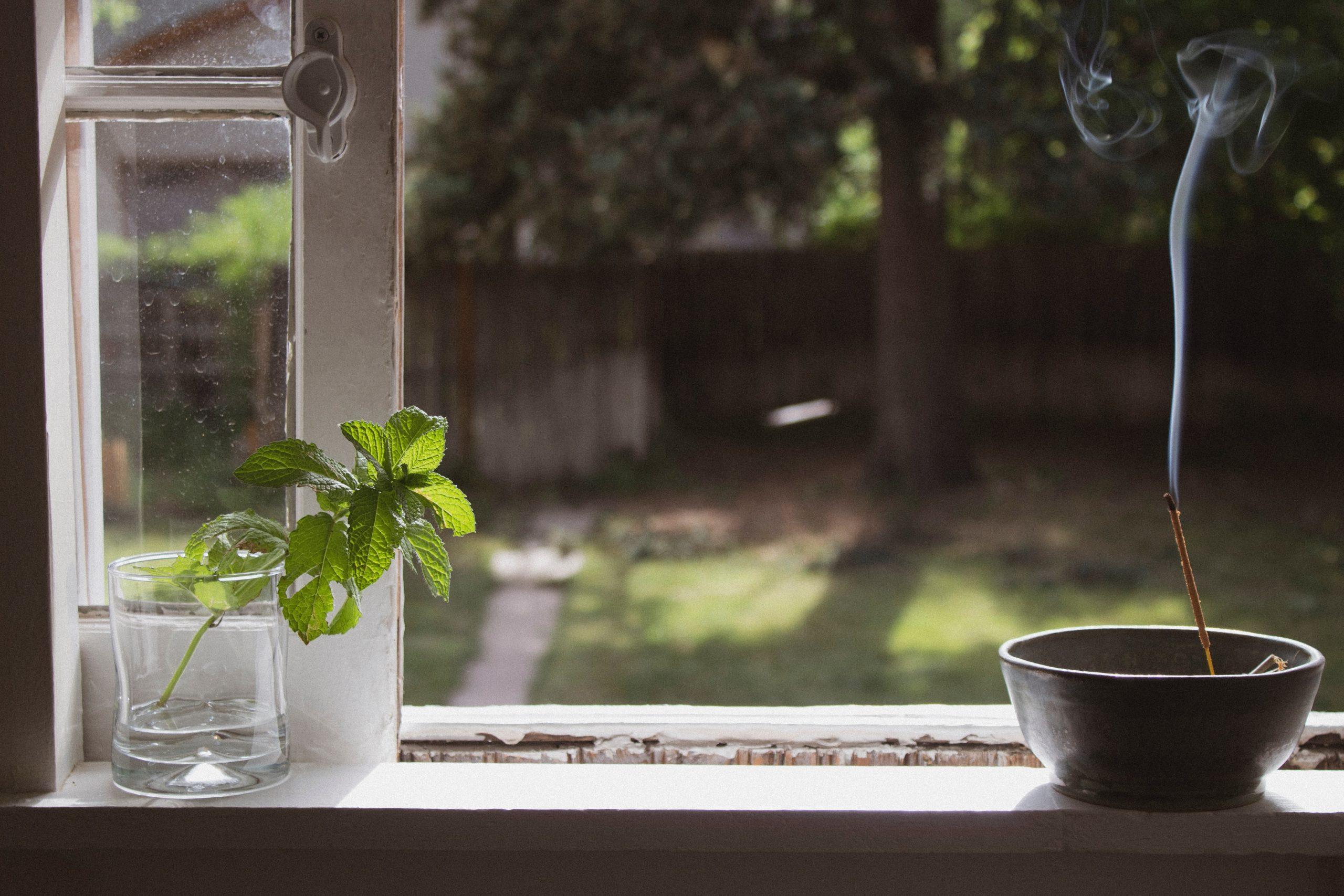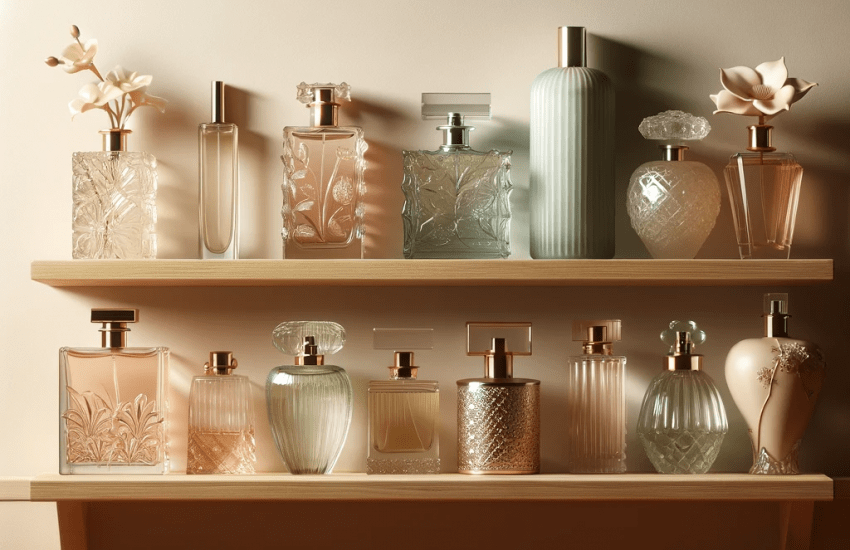Best Non Toxic Air Fresheners and Home Fragrances
Ah, air fresheners. Who doesn’t love the sweet smell of a fresh, clean home? But have you ever stopped to think about the history of these little fragrant wonders? Well, let’s take a trip back in time and explore the evolution of air fresheners.
The long history of home fragrances
The earliest forms of air fresheners can be traced back to ancient civilizations like the Egyptians, Greeks and Romans. They used natural ingredients like herbs, flowers and spices to freshen the air in their homes and temples. They would burn incense, place potted plants around their homes, and even use fragrant oils in their baths.
Fast forward to the Middle Ages, and we find that Europeans were using similar techniques to freshen the air in their homes. They would burn scented candles, place bouquets of flowers around the house, and use potpourri to add a pleasant aroma to their living spaces.
It wasn’t until the 20th century that the modern air freshener was invented. In 1948, Glade introduced the first commercial air freshener in the form of a spray can. This was followed by the introduction of plug-in air fresheners in the 1960s.
But with the rise of these modern air fresheners came a new set of concerns. Many air fresheners on the market today contain synthetic fragrances and chemicals that can be harmful to our health and the environment. This has led to a growing demand for more natural and sustainable options, such as essential oil diffusers, beeswax candles, and even DIY air freshener recipes using ingredients like citrus peels and cinnamon sticks.
What to avoid in air fresheners
Many commercial air fresheners contain a variety of chemicals and synthetic fragrances that can be harmful to our health and the environment. Some of the most common toxic ingredients found in air fresheners (and a ton of products we cover) include:
- Phthalates: These chemicals are used to increase the flexibility and durability of air fresheners. They have been linked to a variety of health problems, including reproductive and developmental issues.
- Volatile Organic Compounds (VOCs): These chemicals are used to create the fragrances in air fresheners. They can cause a variety of health problems, including headaches, dizziness, and respiratory issues.
- Formaldehyde: This chemical is used as a preservative in some air fresheners. It is a known carcinogen and can cause irritation to the eyes, nose, and throat.
- Artificial musks: These chemicals are used to create the scents in air fresheners. They can be toxic to the immune system and have been linked to various health problems.
- 1,4-dichlorobenzene: This chemical is used in some air fresheners to mask odors. It is a known carcinogen and can cause irritation to the eyes, nose, and throat.
How to find non toxic home fragrances
It’s important to be aware of these toxic ingredients when purchasing air fresheners, and opt for natural, eco-friendly alternatives that use essential oils and other natural ingredients. Look for products that are labeled as “fragrance-free” or “unscented” as well as those that are labeled as “organic” or “natural.”
Here are some tips to help you find non-toxic air fresheners when shopping in a store:
- Look for products that are labeled as “natural” or “organic”: These products are likely to contain fewer chemicals and synthetic fragrances.
- Avoid products that contain phthalates, VOCs, formaldehyde, and artificial musks: These chemicals can be harmful to your health and the environment.
- Check the ingredient list: Make sure to read the ingredient list on the product packaging before purchasing. Avoid products that contain any of the toxic ingredients mentioned above.
- Look for products that use essential oils: Essential oils are a natural and safe alternative to synthetic fragrances.
- Choose products that are fragrance-free or unscented: These products are less likely to contain synthetic fragrances.
- Consider making your own air freshener: You can make your own air fresheners using ingredients like citrus peels, herbs, and essential oils.
- Avoid using air fresheners in rooms with poor ventilation: Using air fresheners in rooms with poor ventilation can increase the concentration of chemicals in the air.
Take the time to read the ingredient list before purchasing any air freshener. Remember, the fewer ingredients, the better.
The best non toxic air fresheners
Here are a few of our favorite eco-friendly air fresheners that’ll keep your space smelling clean without harming the environment:
Non toxic plug in air freshener
If you’re looking for ease with your air fresheners, enviroscent has you covered. This little guy looks like a traditional plug in air freshener, but is so much cleaner. Made with paper pulp and essential oils, these pods will last a couple of months each. Enviroscent is a part of the Climate Pledge and is Leaping Bunny certified, and their fresheners come in gorgeous scents like lemon leaf and thyme.
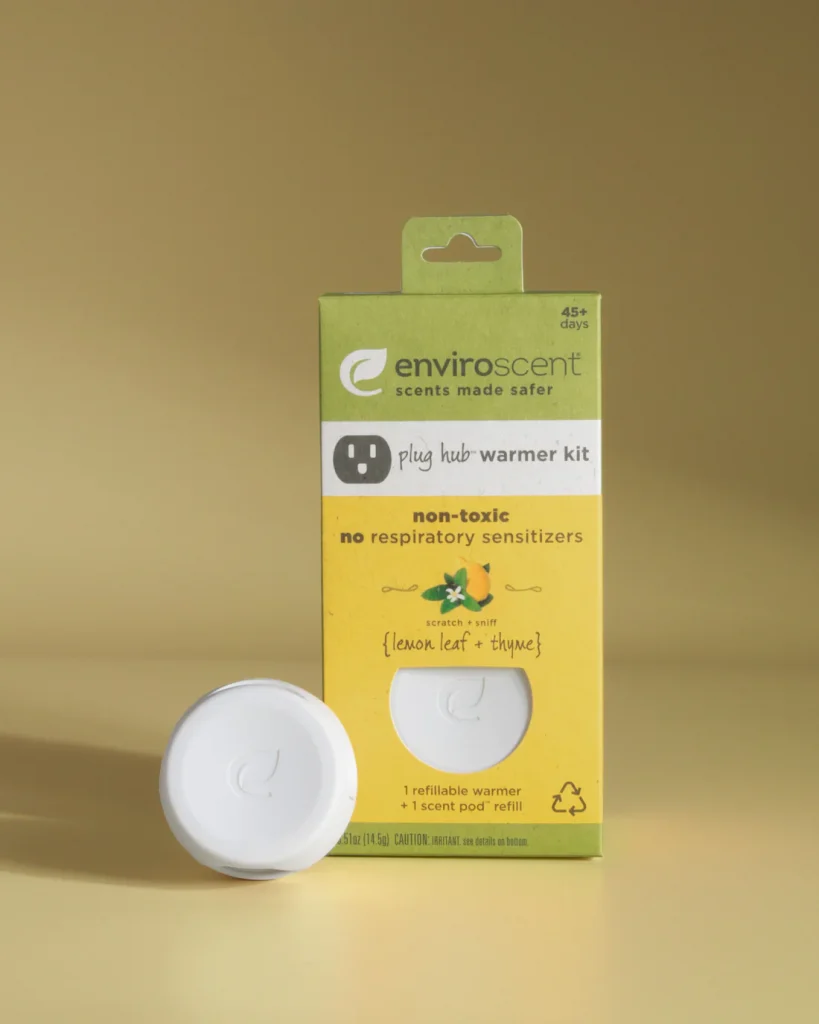
Essential oil diffusers and incense
These work by using essential oils to naturally fragrance your home. Simply add a few drops of your favorite oil to a diffuser and let it do its magic. Not only are essential oils eco-friendly, but they also offer a wide range of health benefits while providing non toxic air fresheners. Our favorite is this Province Apothecary lavender blend that calms you while it works!
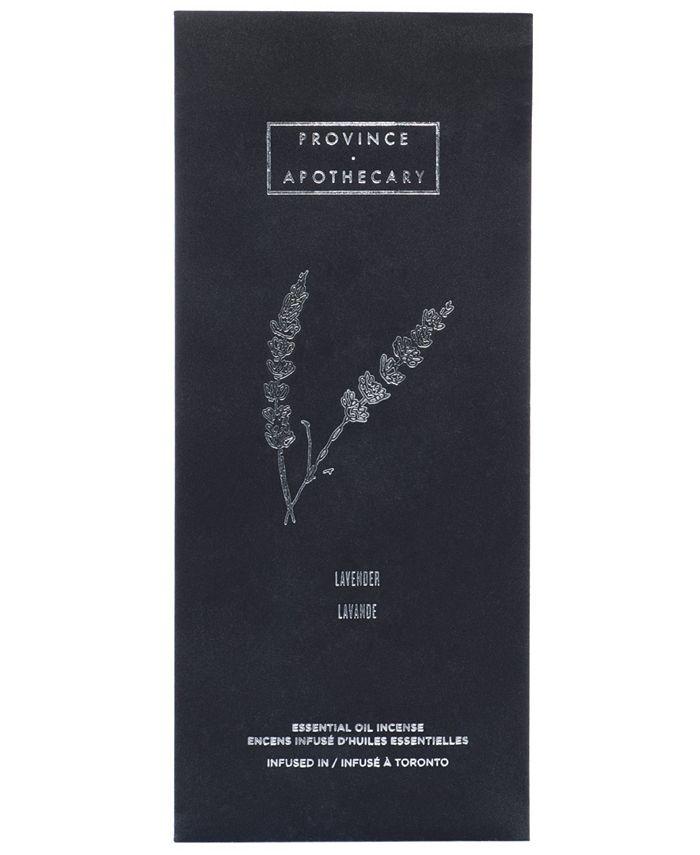
Beeswax candles
Unlike paraffin candles, beeswax candles release negative ions when burned, which purify the air and remove allergens. Plus, they’re sustainable because beeswax is a renewable resource. Our fave is anything from the Hive to Home collection, they range from soft and gentle to in your face scents, with names to match.
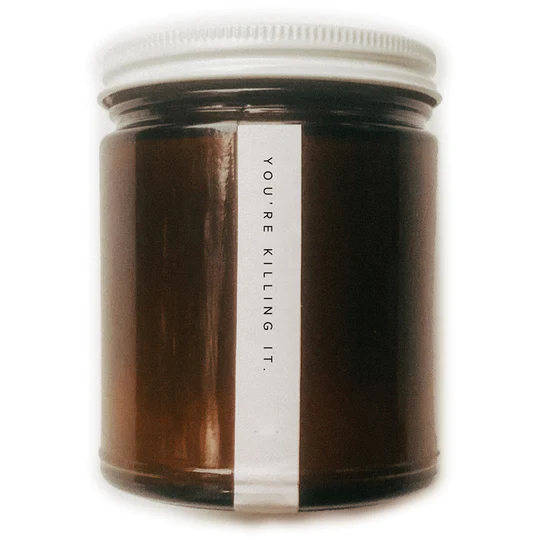
Bamboo charcoal air purifying bags
These little bags use bamboo charcoal to absorb odors and moisture, leaving your home smelling clean. Bamboo is a highly sustainable crop that grows quickly and doesn’t require pesticides, making these bags a great choice for eco-conscious consumers. Our top pick is great for small, smelly spaces like gym bags.

It’s also important to note that, While natural air fresheners are a safer option than synthetic ones, it’s always best to open windows, use exhaust fans, and improve ventilation as much as possible to reduce the need for air fresheners altogether.

